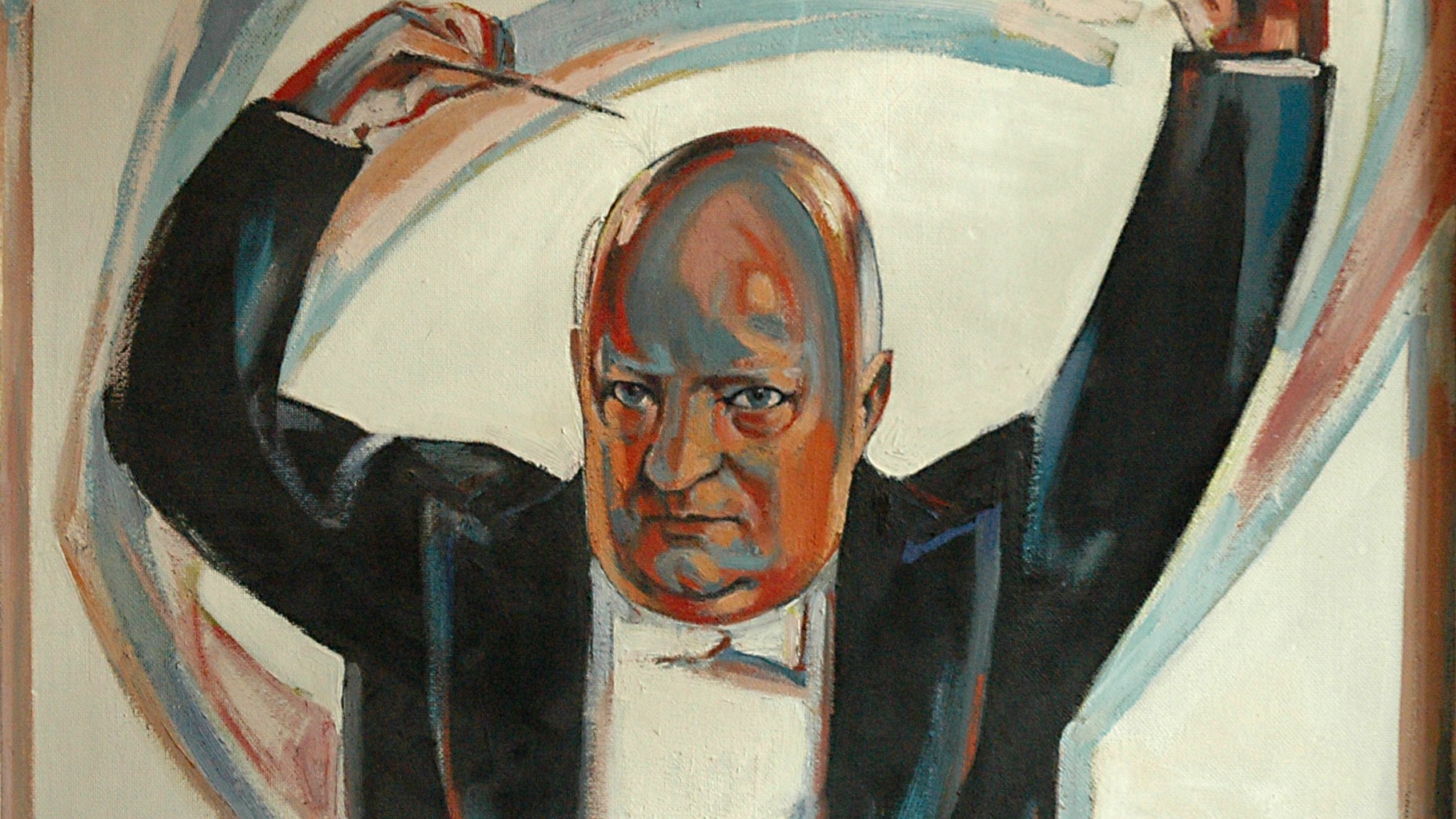German composer Paul Hindemith (1895-1963) had a deep fascination for the colors and technical capabilities of musical instruments.
Principally a violinist and violist, Hindemith was proficient on numerous other instruments, including the piano, bassoon, clarinet, and cello. He composed more than forty sonatas which encompassed nearly every standard orchestral instrument. His orchestral music unfolds with a sonorous majesty. The composer considered many of the sonatas to be technical exercises, written concurrently with larger works.
Hindemith composed his Harp Sonata in October of 1939 while living in Bluche, Switzerland. Conceived at the outbreak of the Second World War, it is music which offers a sense of celestial escape. Some commentators suggest that, for Hindemith, the work evoked extramusical imagery. The first movement (Präludium) suggested a mighty cathedral bathed in late afternoon sunlight, while the second movement (Arioso) represented the exuberant play of children in the churchyard. Some listeners hear echos of the cathedral’s mighty organ in both movements.
The final movement (Lied: Sehr langsam) is a song, based on a poem (Lied) by Ludwig Hölty (1748-1776). The words of the poem, which relate to death and remembrance, correspond with the rhythm of the upper voice, yet remain unsung or spoken. The Lied is the Sonata’s quiet epilogue.
I. Mäßig schnell:
II. Lebhaft:
III. Lied: “Ihr Freunde, hänget” (L. H. Chr. Hölty), Sehr langsam:
Dear friends, when I have departed,Place the little harp behind the altar,Where on the wall, the wreathsof Many young maidens gleam.Then, the sexton shows the little harpTo the friendly traveller, and the Red ribbon,twined around the harp,Rustles and flutters below the golden stringsOften at sunset – he says with awe,The strings hum quietly like bees,And the children, hearing the soundsRun in from the churchyard andSee the wreaths quivering
Recordings
- Hindemith: Harp Sonata in G Major, IPH. 52, Anaïs Gaudemard Harmonia Mundi
Featured Image: Paul Hindemith on the podium (1950), Rudolf Heinisch

